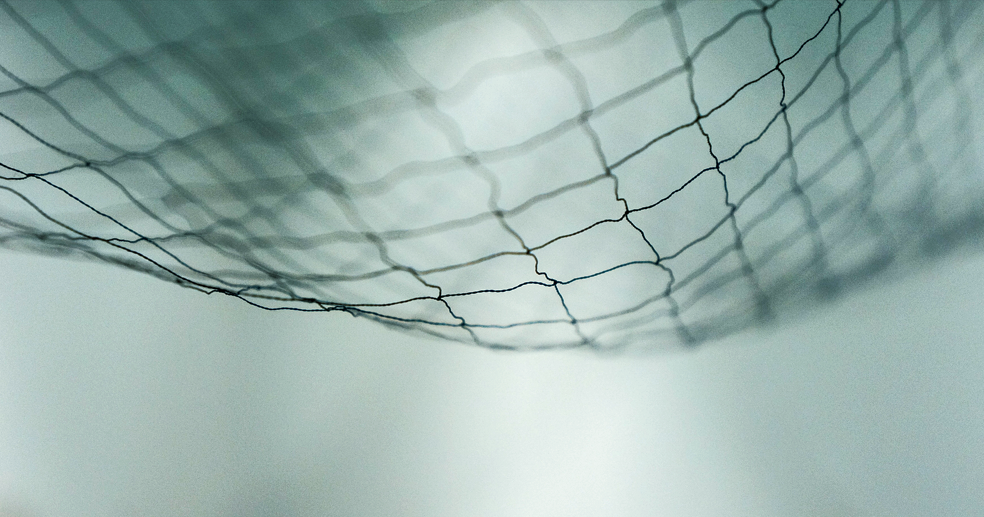
Part 4: Cutting Edge Fishing Gear: Lights, camera, action!
Each year, fishermen around the world throw back more than seven million tons of unwanted sea life. This “bycatch” includes everything from whales and dolphins to turtles to too-small juvenile fish, and once they’re pulled up in a net, many are injured or die before they can be released. This is the collateral damage of the fishing industry.
In 2015 alone, The World Wildlife Federation (WWF) estimated that over 300,000 small whales, porpoises, and dolphins were killed from entanglement in fishing nets and hundreds of thousands of endangered sea turtles drown on longlines set for catching tuna and swordfish. Bycatch fatalities disrupt the delicate balance of the marine ecosystem, burden fishermen with extra work and unnecessary fines, and can lead to species extinction. That’s why entrepreneurs and inventors around the globe are hacking traditional fishing gear to reduce bycatch and improve efficiency and profitability for fishermen.
In the last post of our 4-part series on tech to save the seas, we get hooked on gear innovations. From revolutionary trawl nets and anti-bycatch gadgets to cameras that give us eyes on the seafloor, tech solutions are charting the way for a new kind of fishing that will benefit fishermen, seafood consumers, and the ocean. Read on:
- GoPros, not just for your vacation photos. Joey Pennisi, a California-based trawl fishermen, used the power of high tech GoPro cameras and a lightweight trawl net to reduce his impact. He used underwater GoPro footage to better understand fish behavior and to design a net that eliminates the forcefield of water that typically traps small schools of fish. His efforts have caught the attention of the Environmental Defense Fund (EDF) and NOAA. Watch Joey’s description of his net design here.
- Eyes and ears in the nets. After designing and implementing commercial hardware and software for major companies, Rob Terry started a company that aims to harness technology to help fishermen reduce bycatch. SmartCatch will allow fishermen to see inside of their nets in order to reduce bycatch and to control their harvests.
- Competition breeds innovation. That’s why the World Wildlife Foundation (WWF) tapped into the hackathon model when they created the International Smart Gear competition. And the 2014 winners speak for themselves. The team from Norway invented a device called Air Powered Sampling for Purse Seine Fisheries that allows fishermen to sample a tube of their catch before pulling hundreds of pounds of bycatch aboard. If the sample tube is full of unwanted catch, the seine is opened and fish are released, allowing unwanted species to return to the ocean faster. Other prototypes from the hackathon included a laser system and sound to deter seabirds from fishing gear and a tablet with a shark-repelling odor that prevents squid fishermen from snagging sharks.
- Small changes for big results. Several New England scientists are tweaking the shape of fishing nets and adding sound devices to keep unwanted species away. Their efforts have reduced unintended capture of loggerhead sea turtles, dolphins, sharks, and certain types of fish. Scientist Steve Eayrs works with fishermen to install fuel flow monitors, to alter trawling speeds, and change net shapes. Each small change helps to reduce a vessel’s fuel use and subsequently, a fishermen’s bottom line.
- Using LEDs to catch shrimp and nothing else. In 2007, Oregon’s pink shrimp fishery became the first of its kind to be Marine Stewardship Council-certified, a rare designation for a trawl fishery whose bycatch numbers tend to exceed other fishing methods. By requiring shrimp trawlers to add metal “excluder” grates to their nets, the fishery slashed bycatch down to 7.5% of its former impact and earned a “Best Choice” designation by the Monterey Bay Aquarium’s Seafood Watch. But scientists and fisheries experts didn’t stop there. In 2014, after noticing a decline in Pacific Euchalon (aka smelt) that correlated with increased shrimp fishing, they tried adding green LED lights to shrimp nets. These Bycatch Reduction Devices (BRDs) use light to guide fish through an escape hole in the net while keeping shrimp in. Designed in a research collaboration between fishermen and Oregon Department of Fish and Wildlife biologists, BRDs have captured the attention of NOAA and if they live up to their name, could change the nature of shrimp fishing around the globe.
Over the past several weeks we’ve highlighted examples of technologies that help identify fish, enforce regulations, and trace seafood in the supply chain. The addition of high tech fishing gear will help to illuminate the mysteries beneath the ocean’s surface while helping fishermen to catch more of what they want, leaving less destruction in their wake. But like all new innovations, a silver bullet solution won’t solve systemic problems overnight and tech solutions are just part of the equation. Human-centered solutions and a shift in mindset and regulations must accompany each new development.
Interested in hearing more about tech to save the sea? Have a tech innovation of your own to share? Get in touch at info@futureoffish.org and stay tuned for more updates from our Traceability Technology Pod as we work with supply chain players to develop solutions that benefit people, places, and the marine creatures that sustain us all.



